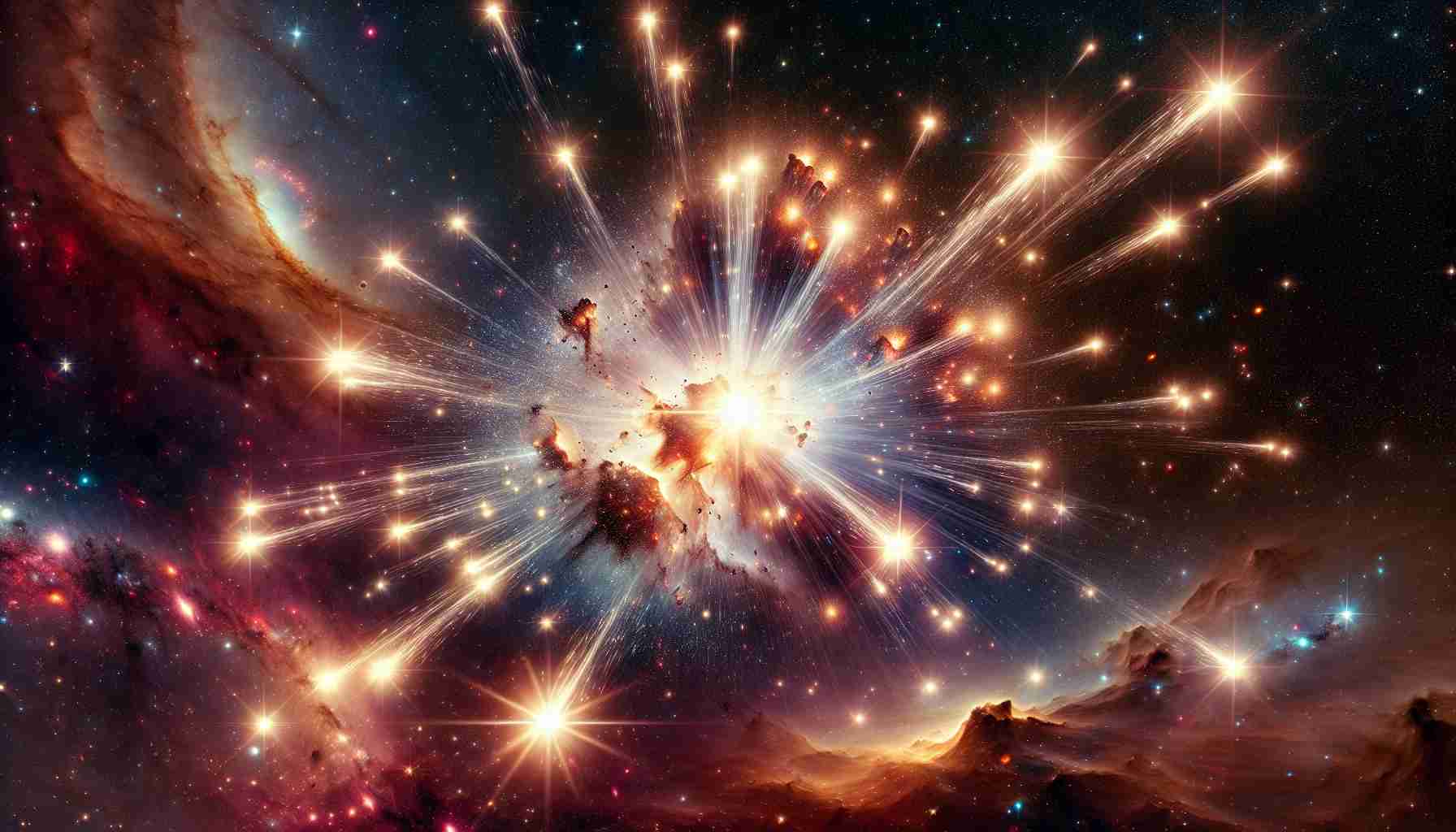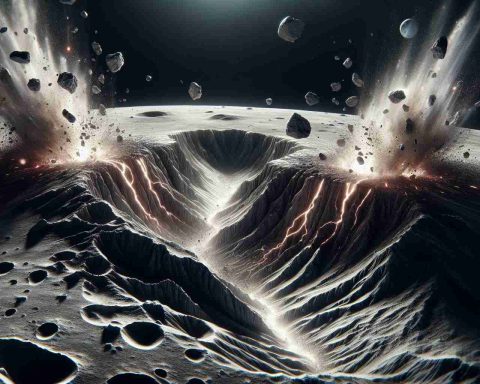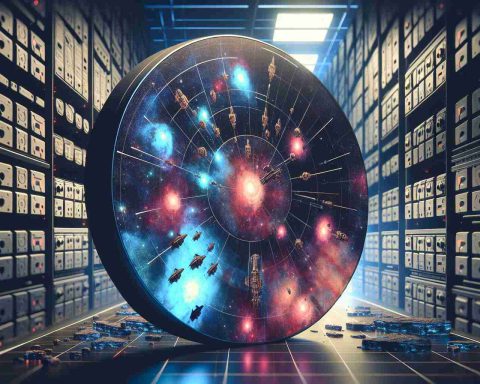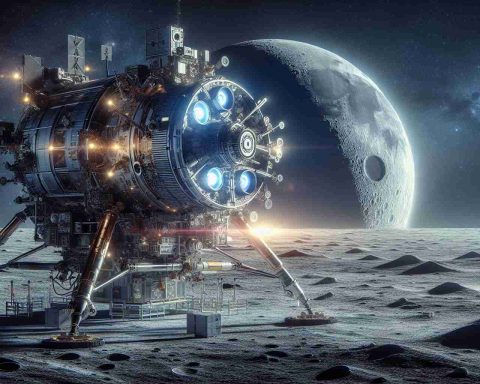A recent breakthrough in astronomical research has uncovered a remarkable find – 55 high-speed stars ejected from the young star cluster R136 in the Large Magellanic Cloud. This discovery marks a significant advancement, expanding our knowledge of “runaway stars” in this region by tenfold. The international team of astronomers, spearheaded by Simon Portegies Zwart of Leiden Observatory, unveiled their groundbreaking findings in a publication in Nature.
When star clusters form, the intricate dance of newborn stars can lead to the expulsion of stars from the cluster. UvA Ph.D. student Mitchel Stoop and his team observed that a substantial portion of the most massive stars in the young cluster R136 were launched at speeds exceeding 100,000 km/hr over the past few million years. These celestial bodies traverse vast distances of up to 1,000 light years before culminating in spectacular supernova explosions, giving rise to neutron stars or black holes.
In a surprising revelation, Stoop and colleagues identified not one but two distinct episodes of star ejections from R136. The first instance occurred 1.8 million years ago during the cluster’s formation, while the second, a mere 200,000 years ago, exhibited distinct characteristics revealing interactions with an adjacent cluster discovered in 2012. This phenomenon hints at an impending merger between the two clusters in the cosmic timeline.
The luminous journey of massive stars, shining brilliantly and emitting ultraviolet light that ionizes surrounding gas, plays a crucial role in the evolution of star-forming regions. This new insight into the dynamic behavior of stellar clusters opens up avenues for a deeper understanding of the universe’s intricate tapestry, shedding light on phenomena that have long captivated astronomers and stargazers alike.
New Findings Unveiled in the Astonishing Discovery of High-Speed Stars from Star Cluster R136
In addition to the mesmerizing account of high-speed stars ejected from the star cluster R136 in the Large Magellanic Cloud, further investigations by a collaborative team of astronomers have brought to light additional intriguing facts that deepen our comprehension of this celestial phenomenon. While the initial article highlighted the discovery of 55 high-speed stars and their remarkable trajectories, recent studies have unearthed lesser-known aspects that prompt significant questions and considerations.
One crucial question that arises from the astonishing findings is the exact mechanism responsible for propelling these high-speed stars to velocities exceeding 100,000 km/hr. While the intricate dance of newborn stars in a cluster can lead to such ejections, the specifics of the processes involved in catapulting these massive celestial bodies remain a subject of debate and ongoing research. Understanding the precise mechanisms at play is essential for elucidating the dynamics of star clusters and their evolution over time.
Another key inquiry pertains to the long-term fate of these high-speed stars once they have been expelled from their parent cluster. Do they continue their solitary journey through the cosmos indefinitely, or are they destined to collide with other stellar bodies, potentially triggering new cosmic events? Exploring the ultimate destinies of these runaway stars is essential for unraveling the broader implications of their ejection and the impact they may have on their surrounding cosmic environment.
One of the primary challenges associated with studying high-speed stars from star clusters such as R136 is the complex nature of their trajectories and interactions with other celestial objects. Tracking the movements of these stars over vast distances presents a formidable task, requiring sophisticated observational techniques and computational models to reconstruct their paths accurately. Moreover, deciphering the underlying dynamics that govern the ejection of stars from clusters involves navigating theoretical frameworks and observational constraints to piece together a comprehensive understanding of these phenomena.
While the discovery of high-speed stars from star cluster R136 offers invaluable insights into the dynamics of stellar clusters and their evolution, it also poses certain disadvantages in terms of the complexities involved in interpreting the data collected. The multifaceted nature of stellar ejections, coupled with the intricate interplay of gravitational forces and stellar interactions, presents a significant challenge in disentangling the underlying mechanisms that drive these high-speed phenomena.
In conclusion, the ongoing research into high-speed stars ejected from star cluster R136 represents a fascinating avenue for expanding our knowledge of runaway stars and their impact on the broader cosmic landscape. By delving deeper into the unanswered questions surrounding the ejection mechanisms, long-term trajectories, and ultimate fates of these high-speed stars, astronomers are poised to unlock new realms of understanding in the ever-evolving tapestry of the universe.
For more information on astronomical discoveries and star cluster dynamics, visit NASA’s official website.
















